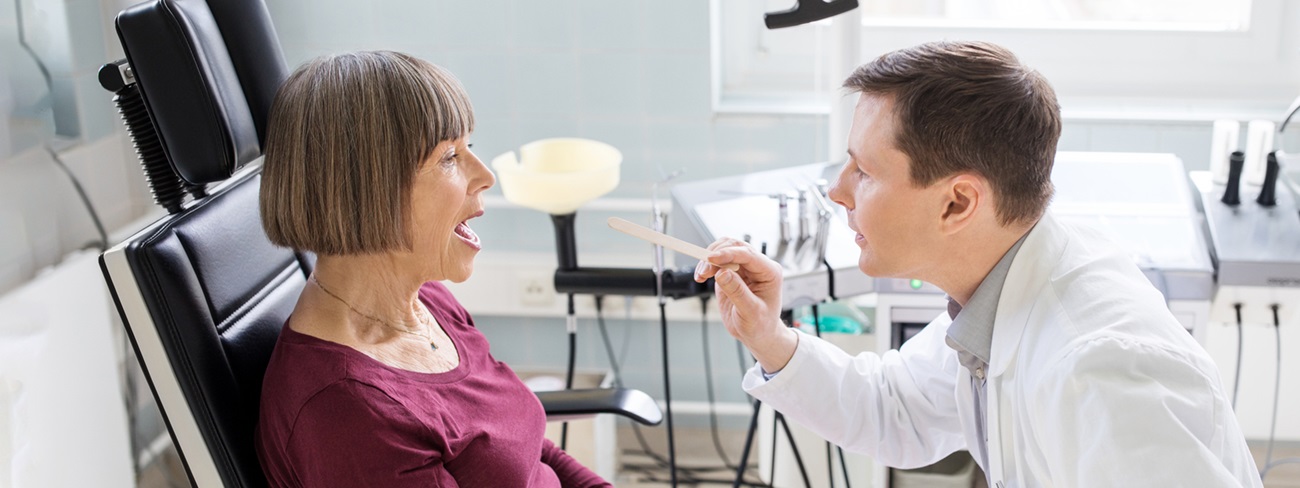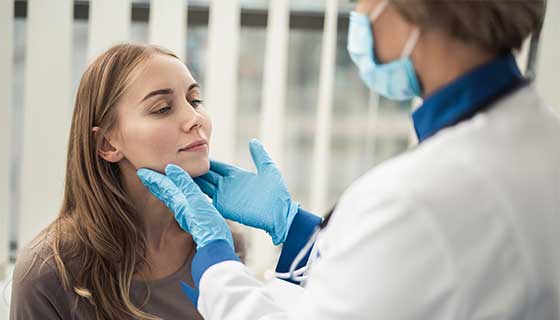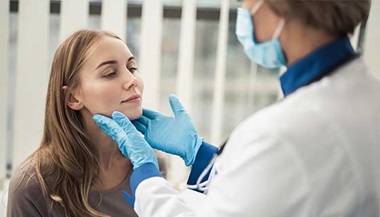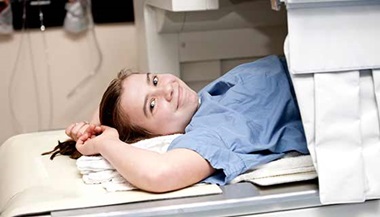24-hour pH-Impedance Testing
Twenty-four-hour pH impedance testing is a procedure that assesses acid reflux in the esophagus over a 24-hour period.
What You Need to Know 24-hour pH-Impedance Testing
- The test is one way your doctor can see if you have a condition called gastroesophageal reflux disease, or GERD.
- The test involves a narrow, flexible tube called a catheter that is inserted into your nose and extends to your stomach opening.
- The catheter stays in place for 24 hours, delivering data to a small computer. Your doctor uses the data to make a diagnosis and plan your treatment.
What is 24-hour pH impedance testing?
24-hour pH impedance testing is one method your doctor can use to evaluate acid and nonacid reflux from your stomach into your esophagus (the passageway between your mouth and stomach) over the course of a day.
A thin, noodle-like, flexible catheter (tube) inserted into your nose, and guided into the opening of your stomach. The catheter can pick up changes in acidity along its entire length. The catheter conveys information about your acid reflux activity to a computer about the size of a smartphone that you wear on a belt.
The tube stays in place for 24 hours while you eat, drink, sleep and go about your normal activities. The doctor can capture information about acid levels and other activities of your esophagus throughout an entire day.
GERD Diagnosis and 24-hour pH Impedance Testing
Twenty-four-hour pH impedance testing can be used to check for gastroesophageal reflux disease (GERD), a problem with stomach acid backing up into your esophagus. GERD can cause symptoms such as:
- Heartburn
- Difficulty swallowing
- Hoarseness or voice changes
- Persistent cough or throat-clearing
- Sensation of a lump in the throat
The test is one of several ways your doctor can test you for GERD and other health problems affecting your esophagus or stomach.
There are several ways GERD can be treated. Diet and lifestyle changes are often sufficient. However, sometimes medications and even surgery are necessary. It is safer and more cost effective to test patients early, provide the right therapy and avoid unnecessary treatment and side effects. Twenty-four-hour pH impedance testing is a tool that can help do that.
How do I prepare for 24-hour pH impedance testing?
Your doctor will discuss your medications with you and let you know if and when you should stop taking any of them before your test.
You will be asked to stop eating and drinking four hours before your test is scheduled. Once the catheter is in place, you can eat and drink as you normally would.
The procedure takes between 10 and 30 minutes. It does not require any anesthesia or sedation, so you will be able to return to your regular activities right away.
What are the risks of 24-hour pH impedance testing?
Twenty-four-hour pH impedance testing is safe and easy for most people. Some people may not be able to tolerate the test due to a sensitive gag reflex. You may also experience mild irritation at the back of the throat from the catheter. In extremely rare events, the esophagus can be torn or otherwise damaged by the procedure.
Alternatives to 24-hour pH Impedance Testing
Other options for assessing the esophagus include an endoscopy procedure called an esophagogastroduodenoscopy, or EGD, which is more comprehensive. It examines the esophagus, stomach and duodenum (the part of the small intestine that is closest to the stomach). An EGD requires sedating medication.
24-hour pH Impedance Testing: What happens?
- You will not need any anesthesia or sedation, so you will be awake and alert throughout the procedure.
- The doctor sprays some numbing medication into your nose and throat so you are comfortable during insertion of the catheter.
- Your procedure starts by measuring the distance from your nose to the opening of your stomach using a manometry catheter.
- The doctor puts the end of the testing catheter into your nose. As you swallow with sips of water, he or she guides the catheter down to the opening of your stomach.
- Once the catheter is in place, the doctor secures the other end to your face with tape, and loops the catheter over your ear.
- You wear a small computer on a belt. The computer is about the size of a smartphone. It picks up information from the acid-sensitive tip of the catheter inside your body.
- You can leave the office and go about your day, eating and drinking as you normally would. The catheter should not bother you — you will be able to breathe, eat, drink and talk with it in place.
- Your doctor may ask you to keep a diary of your meals and activities, and any symptoms you experience.
- The catheter records levels of acid refluxing into your esophagus. It transmits this information to the computer and correlates it to your symptoms.
- You return to the doctor’s office the next day. The doctor removes the catheter, downloads the data from the computer and uses it to see changes in acid levels throughout the 24-hour period.
- If the data from the test shows that you have GERD or another problem, your doctor will discuss treatment options with you.
Swallowing Center

The Johns Hopkins Swallowing Center offers specialized swallowing evaluation, diagnosis and treatment for patients with swallowing disorders. Our multi-specialty team includes laryngologists, speech-language pathologists and other specialists, who work together to provide you with personalized and compassionate care.






